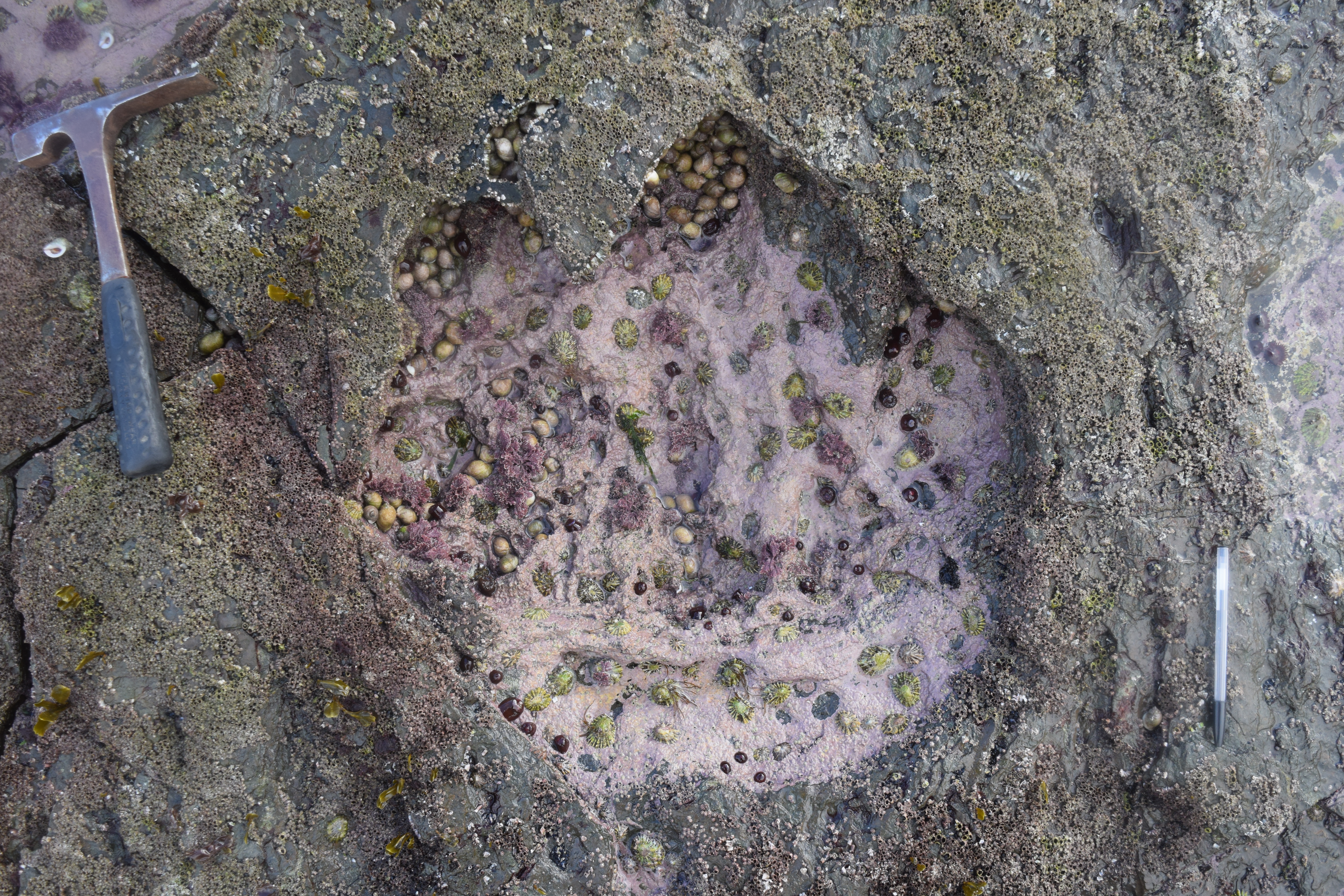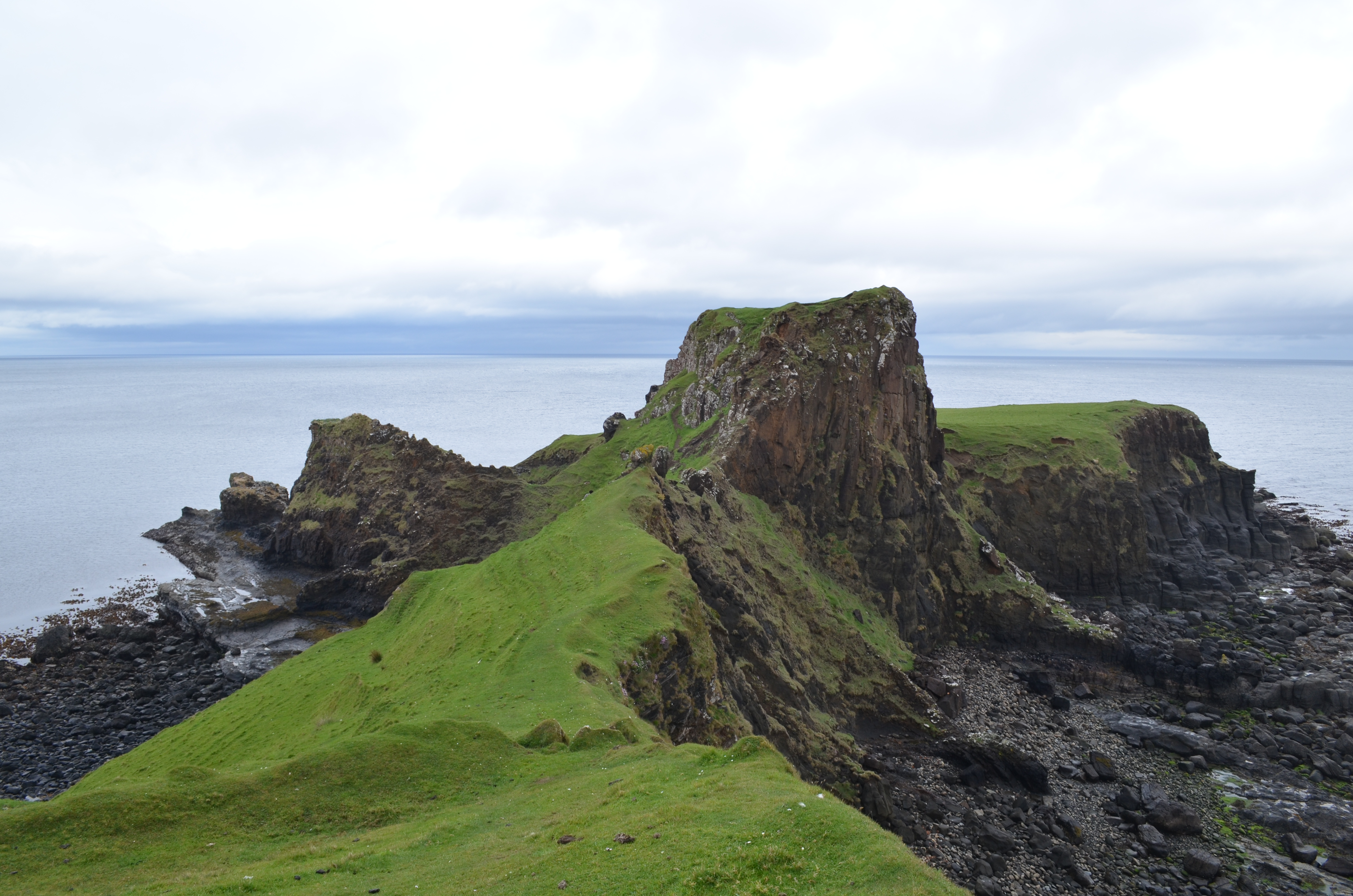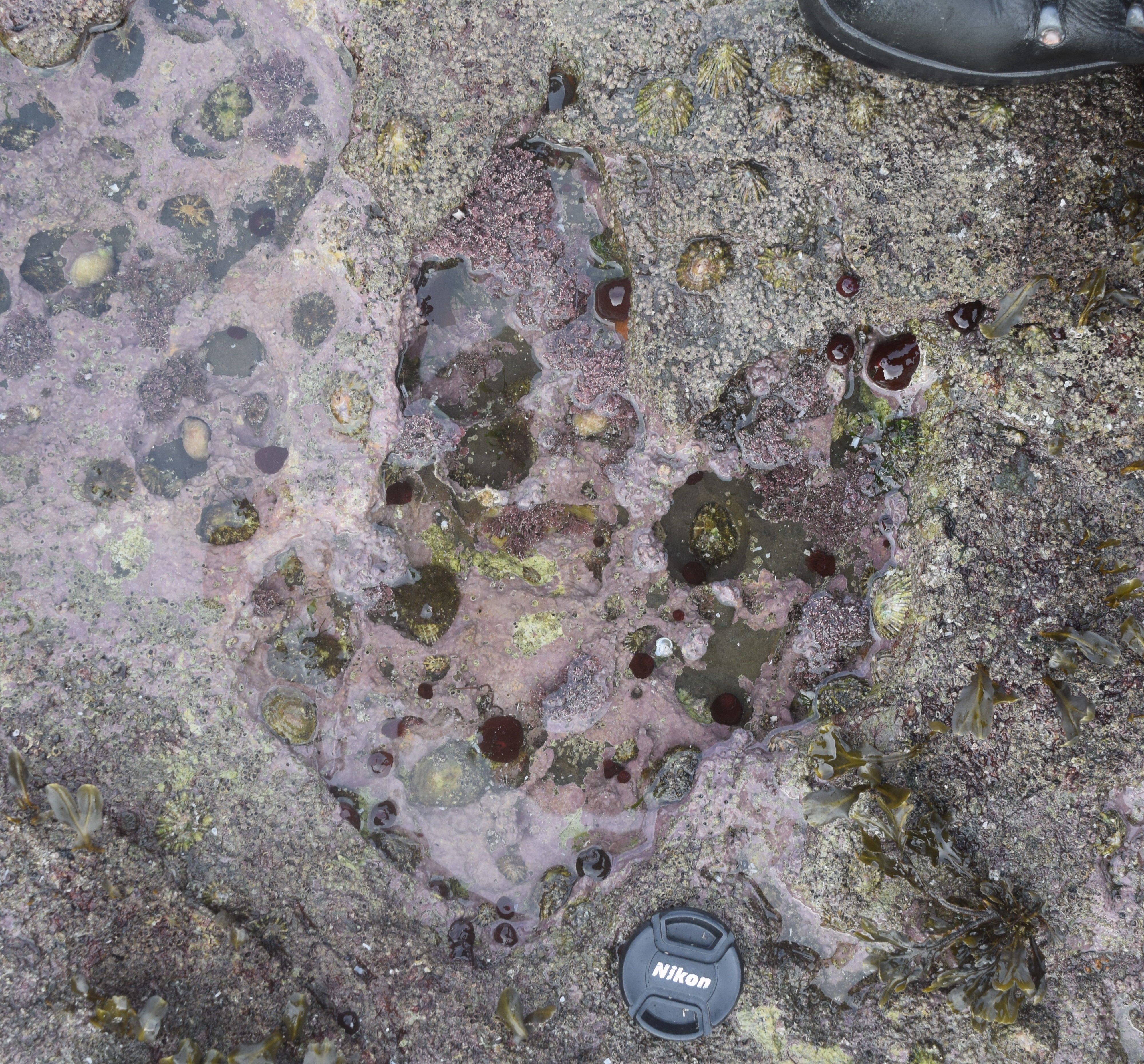
DOZENS of newly discovered giant dinosaur footprints on a Scottish island are helping to shed light on the Jurassic reptiles’ evolution.
The 170 million-year-old tracks were made in a muddy lagoon off the north-east coast of what is now the Isle of Skye.
Most of the prints were made by the “older cousins” of Tyrannosaurus rex, called theropods – which stood up to two metres tall – and by similarly sized long-necked sauropods.
These are the second set of dinosaur footprints found on Skye, with the first being discovered in 2015, although the latest discoveries were made in older rocks.
The find is considered to be globally important as it is rare evidence of the Middle Jurassic period, from which few fossil sites have been found around the world.
Dr Steve Brusatte, from the University of Edinburgh’s School of GeoSciences, who led the field team, said: “The more we look on the Isle of Skye, the more dinosaur footprints we find.
“This new site records two different types of dinosaurs – long-necked cousins of Brontosaurus and sharp-toothed cousins of T. rex – hanging around a shallow lagoon, back when Scotland was much warmer and dinosaurs were beginning their march to global dominance.”
Researchers measured, photographed and analysed about 50 footprints in a tidal area at Brothers’ Point – Rubha nam Brathairean – a dramatic headland on Skye’s Trotternish peninsula.
The largest of the embed marks are 70cm across, left by a sauropod, while the largest theropod track was around 50cm across.
Tidal conditions made studying the footprints difficult, as well as the impact of weathering and changes to the landscape.
However, scientists still managed to identify two trackways in addition to many isolated footprints.
Researchers used drone photographs to make a map of the site, while additional images were collected using a paired set of cameras and tailored software to help model the prints.
Analysis of the clearest prints – including the overall shape of the track outline, the shape and orientation of the toes, and the presence of claws – enabled scientists to determine they belonged to sauropods and theropods.
Paige dePolo, who led the study, conducted the research while an inaugural student in the university’s research Master’s degree programme in palaeontology and geobiology.
Ms DePolo said: “It was found in rocks that were slightly older than those previously found at Duntulm on the island and demonstrates the presence of sauropods in this part of the world through a longer timescale than previously known.
“This site is a useful building block for us to continue fleshing out a picture of what dinosaurs were like on Skye in the Middle Jurassic.”

Enjoy the convenience of having The Sunday Post delivered as a digital ePaper straight to your smartphone, tablet or computer.
Subscribe for only £5.49 a month and enjoy all the benefits of the printed paper as a digital replica.
Subscribe


